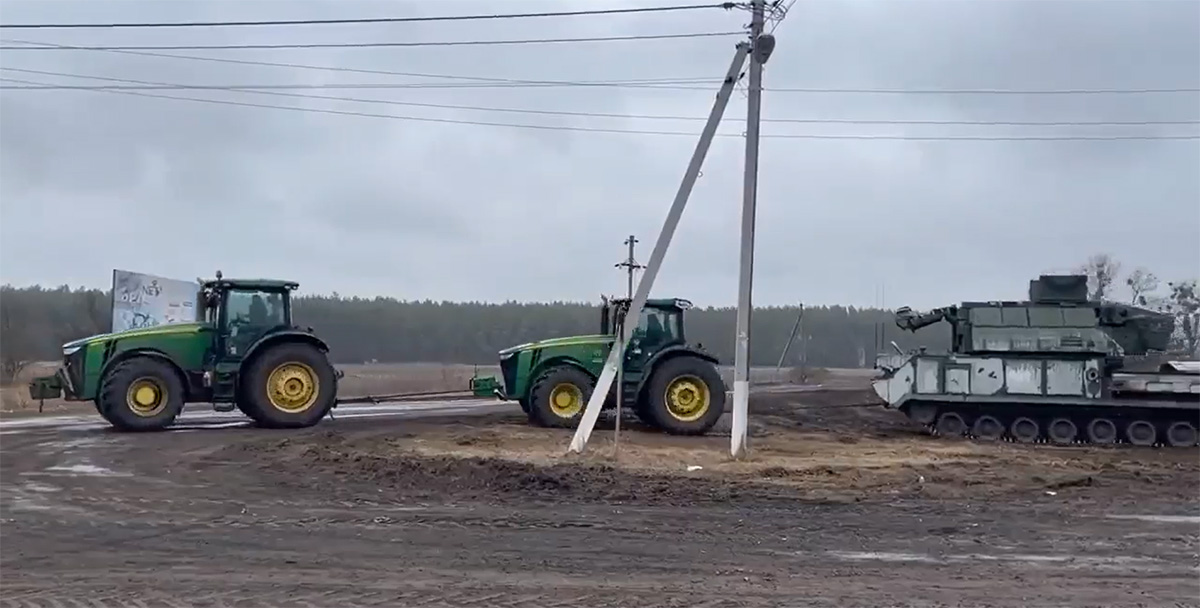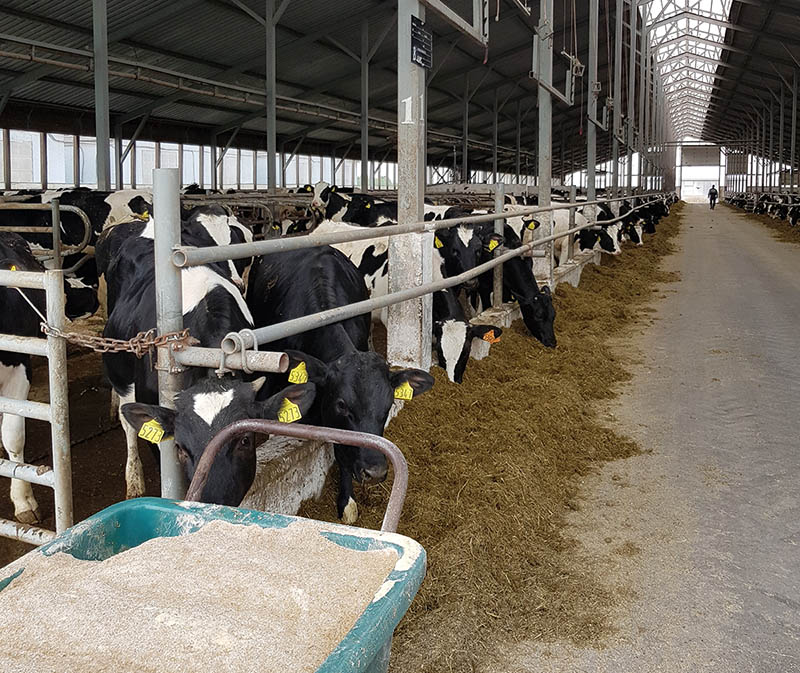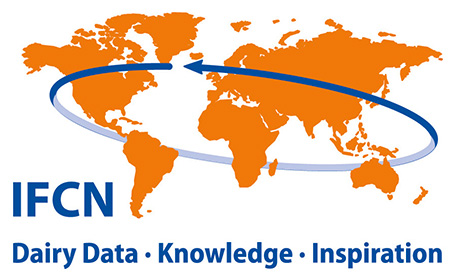
The war in Ukraine is bringing suffering to the lives of the country’s people with its destructive effects. The political and economic impact is not a priority in such a situation. Nevertheless, at IFCN we have been analyzing what the consequences could be, focusing on the dairy sector.
The impact on the dairy sector will be both direct and indirect, at the global and national levels, and in relation to upstream and downstream sectors of the dairy industry.
Milk supplies are tight and no recovery is foreseeable in the near term
The ongoing rise in oil prices has accelerated, meaning that farmers in the northern hemisphere can expect high costs for field work in the spring. First, harvesting winter crops will be more expensive, and second, seeding spring crops will be more costly. This can have a direct impact on fodder and grain quality and quantity for the next winter. Against this background, milk supply in Europe will not recover despite high milk prices.
Milk production in Ukraine has been struggling with structural changes on farms for many years. The current state is affecting milk producers in the form of a broken supply chain. Farmers have no access to inputs as fertilizers are mostly sourced from Russia, feed cannot be transported within the country, and with roads closed and bridges destroyed, movement of people and goods is very limited. Dairy processing plants are closed, so the market currently relies on informal market channels, and dairy farmers even give milk away for free.
Russia has set itself the goal of becoming self-sufficient in dairy farming and has been on its way there for the last decade. For dairy farmers, the current situation means that oil and feed prices on the local market are becoming cheaper due to the sanctions and export ban. Milk production is not expected to slow down, but access to foreign inputs such as machinery, high-yielding dairy breeds and genetics will slow down the development of the Russian dairy industry.
High feed prices are inevitable in the coming months
It is likely that feed prices will remain at high price levels throughout 2022 and 2023. There is a downward risk that the 2022 sowing and harvest in Ukraine will fail, especially the part intended for export, which will reduce the availability of feed on the market for the 2022/2023 season. This may lead to a decrease in the dairy herd and a drop in milk production due to feed shortages worldwide.

Milk prices are at a record high, but the balance between supply and demand is very uncertain
High commodity prices for dairy products raise questions about the affordability of dairy products. So far, strong demand and tight milk supply have driven the price up. With milk prices expected to rise further, demand in some price-sensitive regions such as the Middle East, Africa, Latin America and Southeast Asia will be affected. High commodity prices for dairy are hardly reaching dairy farmers as the transmission of milk prices from the global to the national level has stalled due to high processing and freight costs. Any increase in farm-gate milk price is eroded by high on-farm production costs.
IFCN will be monitoring the situation very closely and discussing this issue in more detail with its partners across the dairy industry.
IFCN past events
IFCN Dairy Processors, People, Profit, Planet Conference 2021
IFCN Dairy Forum 2021
IFCN Supporter Conference 2021
IFCN Online Dairy Conference 2021
